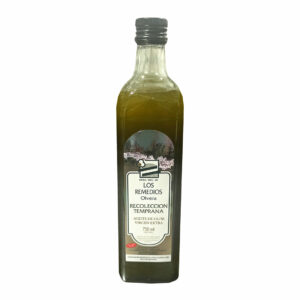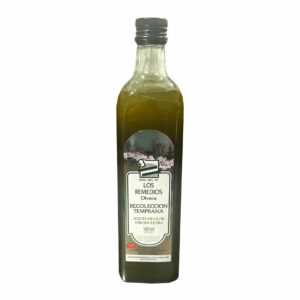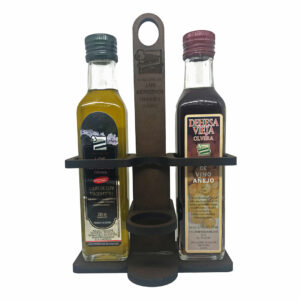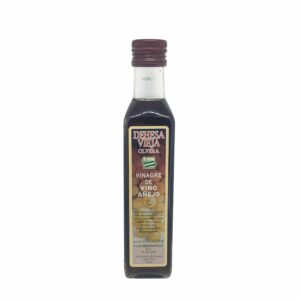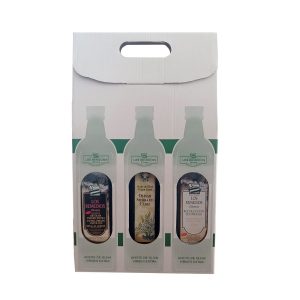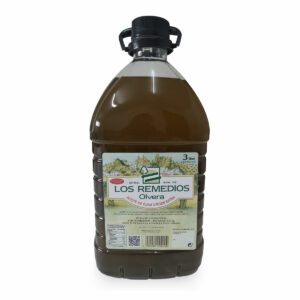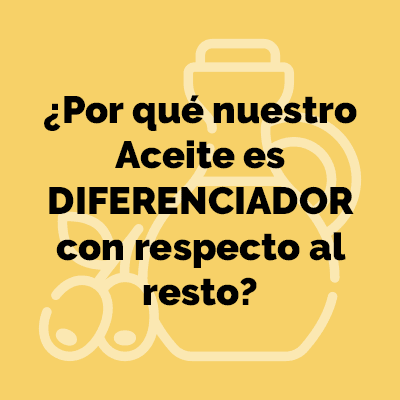CROP MANAGEMENT MUST BE ADAPTED TO NEW CIRCUMSTANCES
During the past campaign it has been observed how some of the olive deliveries have presented a bad appearance and a higher acidity level than usual. This means that pests and diseases such as the olive fly have emerged throughout the year., soapy olive,…
There are many aspects to watch and take into account. In recent years, In our olive groves a renovation of plantations has been taking place, uprooting old trees of traditional varieties, with very wide and poorly aligned planting frames. They have been replaced by others with narrower and aligned frames, that facilitate mechanization, forming them on one foot and with different varieties such as marteño and hojiblanca.
These changes lead to a different incidence of pests and diseases, so you have to adapt the management of the olive grove to the new circumstances. The two varieties mentioned have a different behavior compared to the traditional ones.. The marteño is very susceptible to repilo and verticillosis, being also susceptible to the olive fly, while in front of the soapy olive it is resistant. From elsewhere, the hojiblanca is susceptible to repilo, tuberculosis, verticillosis and olive fly; and highly susceptible to soapy olive.
Now that we begin the growing cycle, it is time to monitor the first symptoms that appear, especially those of the first disease that usually appears: the repilo. It is caused by fungi, that begin their development with high humidity (heavy rain or spray) and a temperature over 15ºC. These have to be given 2 circumstances at the same time and during 2 days continuously.
The main method of control is prevention. This is achieved first with proper pruning. Very dense olive tree tops, with many branches and buds, make your interior not well aerated, presents a lot of shading and creates a microclimate of high humidity, ideal for the repilo. For this reason a pruning with a proportionate periodicity, in most cases it is usually every three years, is our first ally.
The next measure to take is chemical control, going to foliar treatments with phytosanitary products. Among these there are two large groups: preventive and curative. The former should be applied before the onset of the disease to prevent its development. They are copper-based compounds. The latter are used when there are already symptoms of disease, the existing substances being diverse. There are also products that combine the two actions. All these phytosanitary products can act at the same time against several diseases, such as the repilo, tuberculosis and soapy olive.
The most important thing is to know which solution to use at the most effective times and in the best possible way.. For all of it, the member has at his disposal the technical service of the Cooperative

